Ching-Yung Lin
NISP: Pruning Networks using Neuron Importance Score Propagation
Mar 21, 2018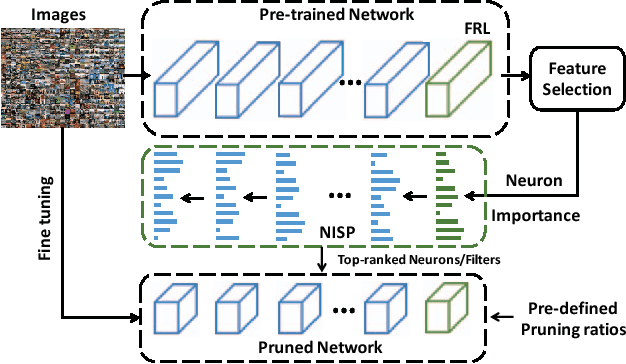

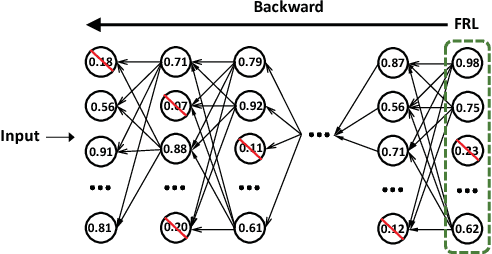

Abstract:To reduce the significant redundancy in deep Convolutional Neural Networks (CNNs), most existing methods prune neurons by only considering statistics of an individual layer or two consecutive layers (e.g., prune one layer to minimize the reconstruction error of the next layer), ignoring the effect of error propagation in deep networks. In contrast, we argue that it is essential to prune neurons in the entire neuron network jointly based on a unified goal: minimizing the reconstruction error of important responses in the "final response layer" (FRL), which is the second-to-last layer before classification, for a pruned network to retrain its predictive power. Specifically, we apply feature ranking techniques to measure the importance of each neuron in the FRL, and formulate network pruning as a binary integer optimization problem and derive a closed-form solution to it for pruning neurons in earlier layers. Based on our theoretical analysis, we propose the Neuron Importance Score Propagation (NISP) algorithm to propagate the importance scores of final responses to every neuron in the network. The CNN is pruned by removing neurons with least importance, and then fine-tuned to retain its predictive power. NISP is evaluated on several datasets with multiple CNN models and demonstrated to achieve significant acceleration and compression with negligible accuracy loss.
A Survey on Social Media Anomaly Detection
Feb 17, 2016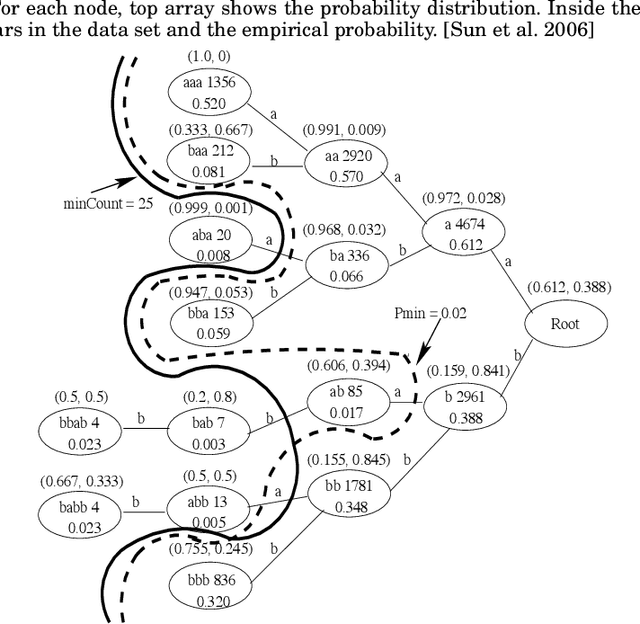
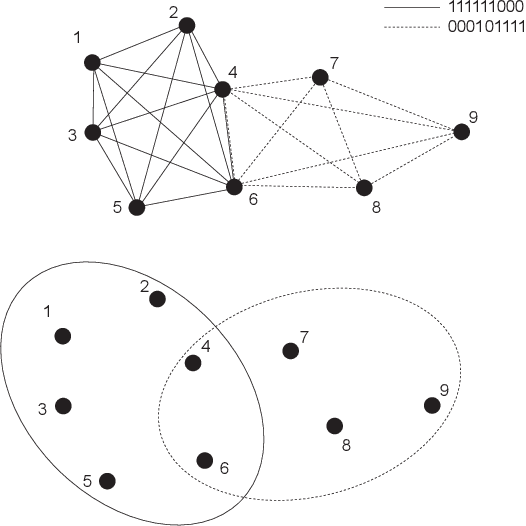
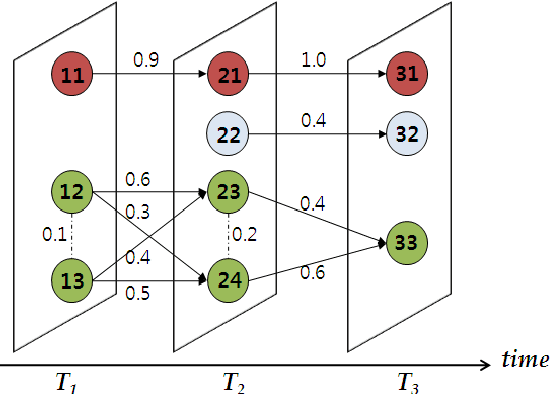
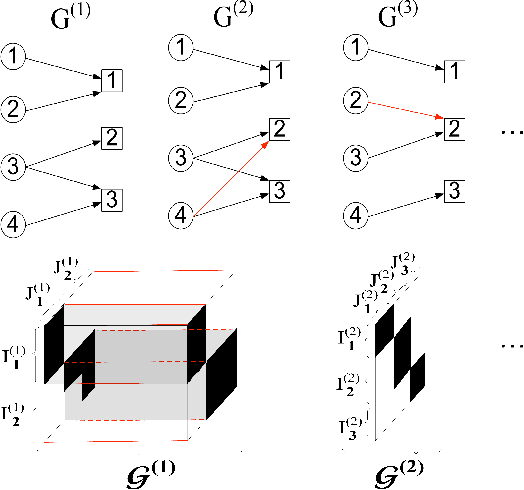
Abstract:Social media anomaly detection is of critical importance to prevent malicious activities such as bullying, terrorist attack planning, and fraud information dissemination. With the recent popularity of social media, new types of anomalous behaviors arise, causing concerns from various parties. While a large amount of work have been dedicated to traditional anomaly detection problems, we observe a surge of research interests in the new realm of social media anomaly detection. In this paper, we present a survey on existing approaches to address this problem. We focus on the new type of anomalous phenomena in the social media and review the recent developed techniques to detect those special types of anomalies. We provide a general overview of the problem domain, common formulations, existing methodologies and potential directions. With this work, we hope to call out the attention from the research community on this challenging problem and open up new directions that we can contribute in the future.
 Add to Chrome
Add to Chrome Add to Firefox
Add to Firefox Add to Edge
Add to Edge